A person is paralyzed, unable to move, write or speak. But with just a look, they can type, send messages, read newspapers...
That is not a miracle from the world of science fiction, but the real function of a device called "BLife" - an eye communication machine developed by Associate Professor, Dr. Le Thanh Ha and a research team at the University of Technology, Vietnam National University, Hanoi.
Vietnamese scientist 's machine helps paralyzed people talk and surf the web with their eyes (Video: Khanh Vi).
BLife uses eye movements to control the mouse cursor, allowing patients to enter data by looking at each character.
Each look is not only a control signal, but also a way for ALS patients - people with total paralysis but still mentally alert - to talk, express themselves, and live with the world again.
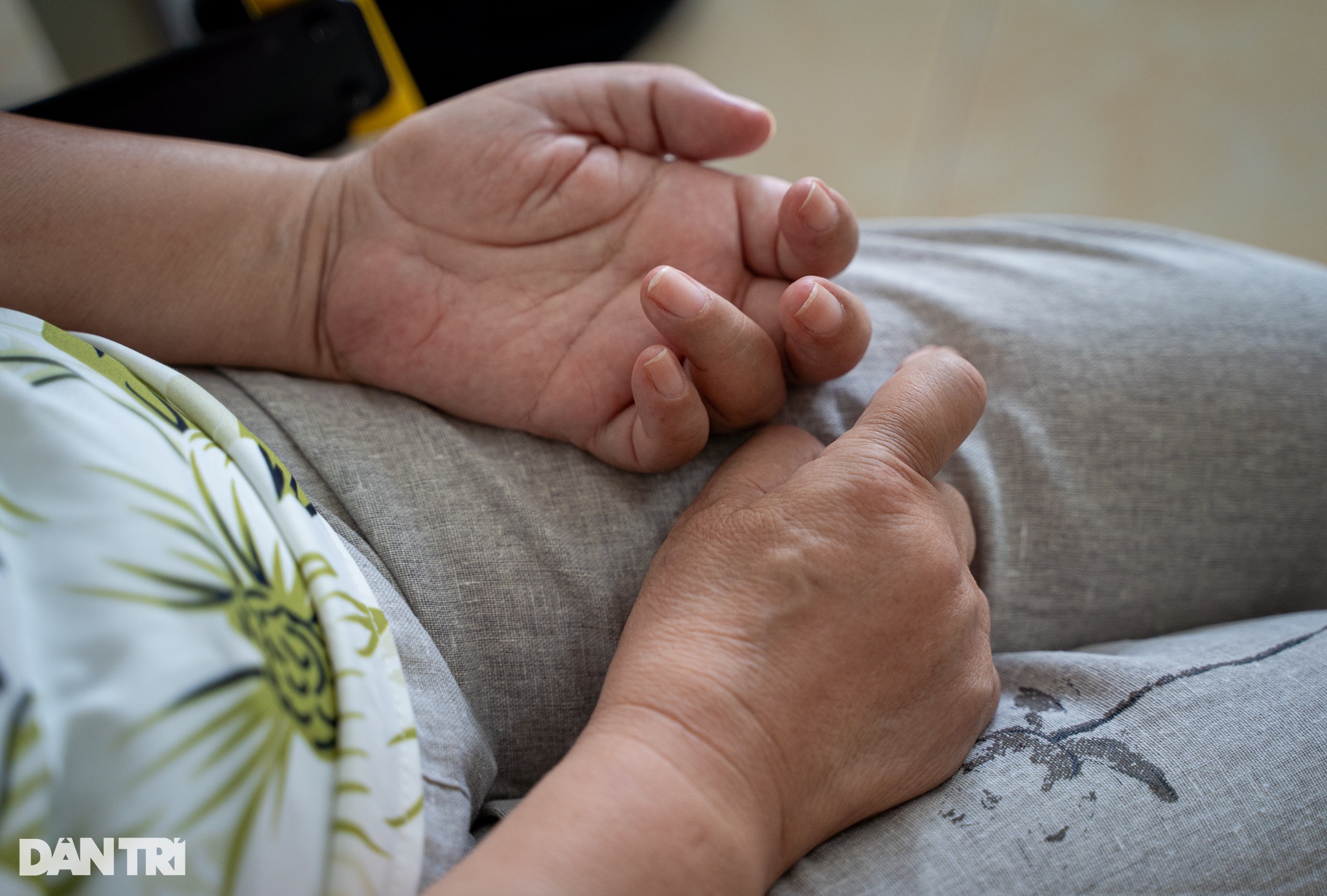
People with ALS are paralyzed but mentally alert.
"ALS is a rare disease that currently has no specific treatment and the incidence rate is not high. There are currently no official statistics, but based on the articles I read, out of every 100,000 people, 5.2 people will have ALS. This is not a large number to develop a commercial product.
If no one cares about them, these people will never be able to speak up again,” Associate Professor Ha confided.
Associate Professor, Dr. Le Thanh Ha is currently working at the University of Technology, Vietnam National University, Hanoi . He is in charge of the human-robot interaction laboratory and presides over the project “BLife - Support products for people with motor function impairment”.
“My teacher gets to speak again”
Five years ago, Associate Professor Ha visited his former university teacher. The teacher suffered from a rare disease called ALS, in which his entire body was unable to move in the final stages. However, his memory and thinking were like those of a normal person.
“Although his whole body is paralyzed, his eyes still move flexibly. My colleagues and I were determined to take advantage of that movement to help him communicate,” Associate Professor Ha shared.
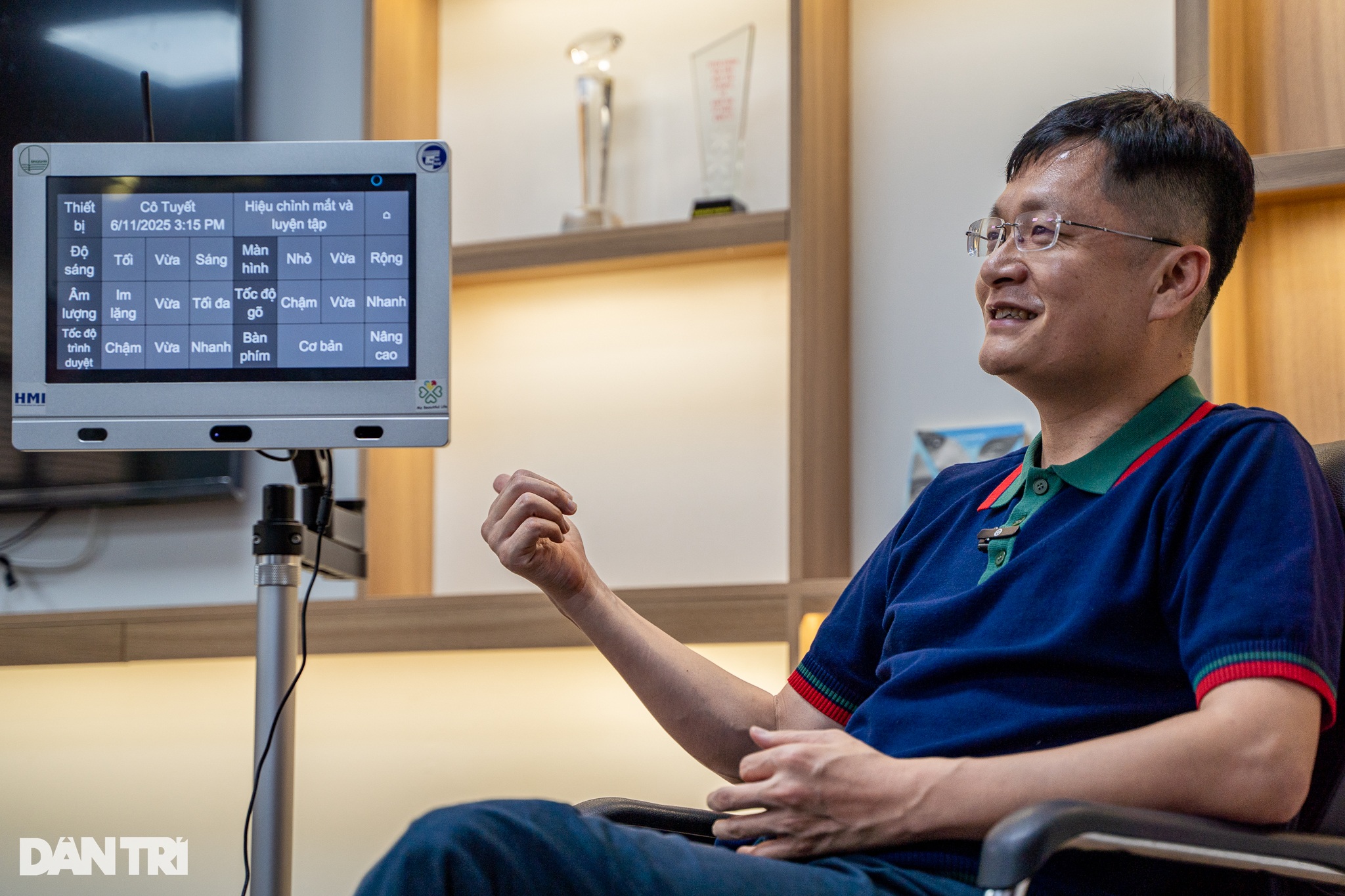
Assoc.Prof.Dr. Le Thanh Ha.
In early 2020, Associate Professor Ha and his research team rushed to create their first product in just 1 month. He and his colleagues prioritized available technology, writing the software as quickly as possible to send the product to his teacher.
“After completing the machine, we gave it to the teacher to use. The first thing he said through the machine was: “Thank you Ha and friends”, which motivated me even more to develop the machine,” Associate Professor Ha confided.
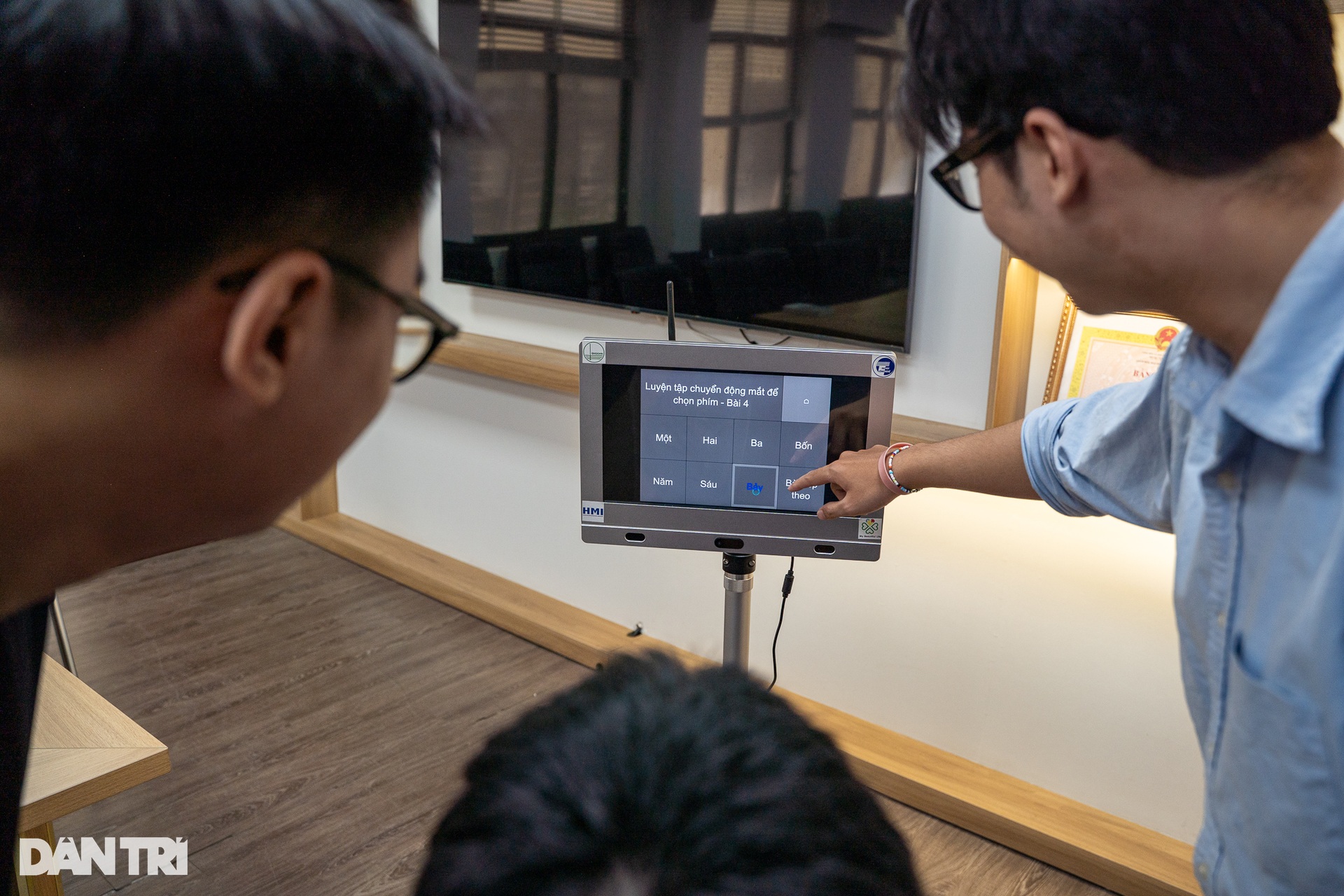
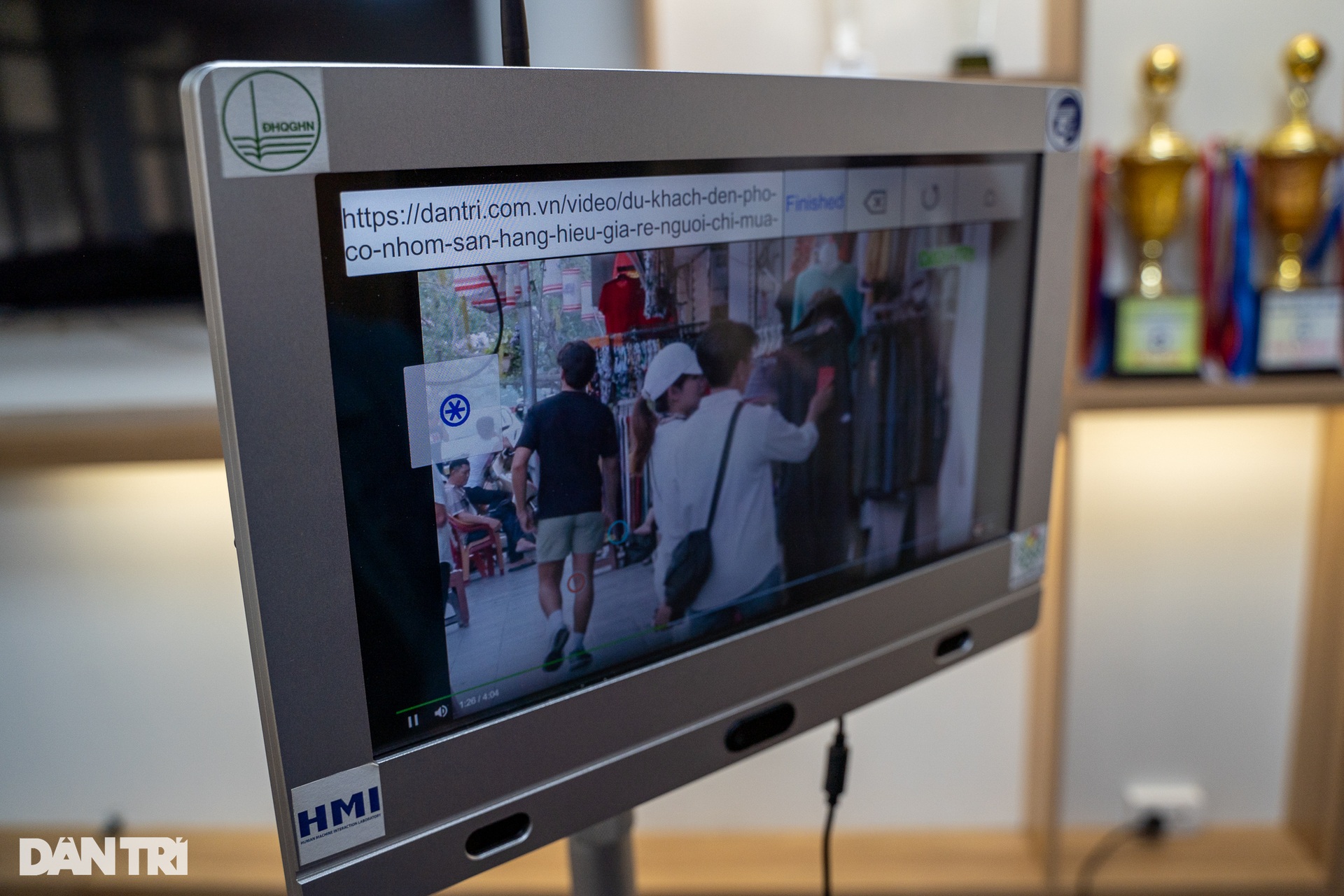
Associate Professor Ha added that the teacher himself gave the group many advices and suggestions to further develop the machine's functions.
“On the way back, the project team talked to each other. We did a lot of research, even had inventions to contribute to life. However, this was the first time my research was used directly, and my teacher had a voice again,” Associate Professor Ha confided.
Not long after, Associate Professor Ha registered the invention and continued to improve the machine.
Machine that helps eyes replace arms and voices
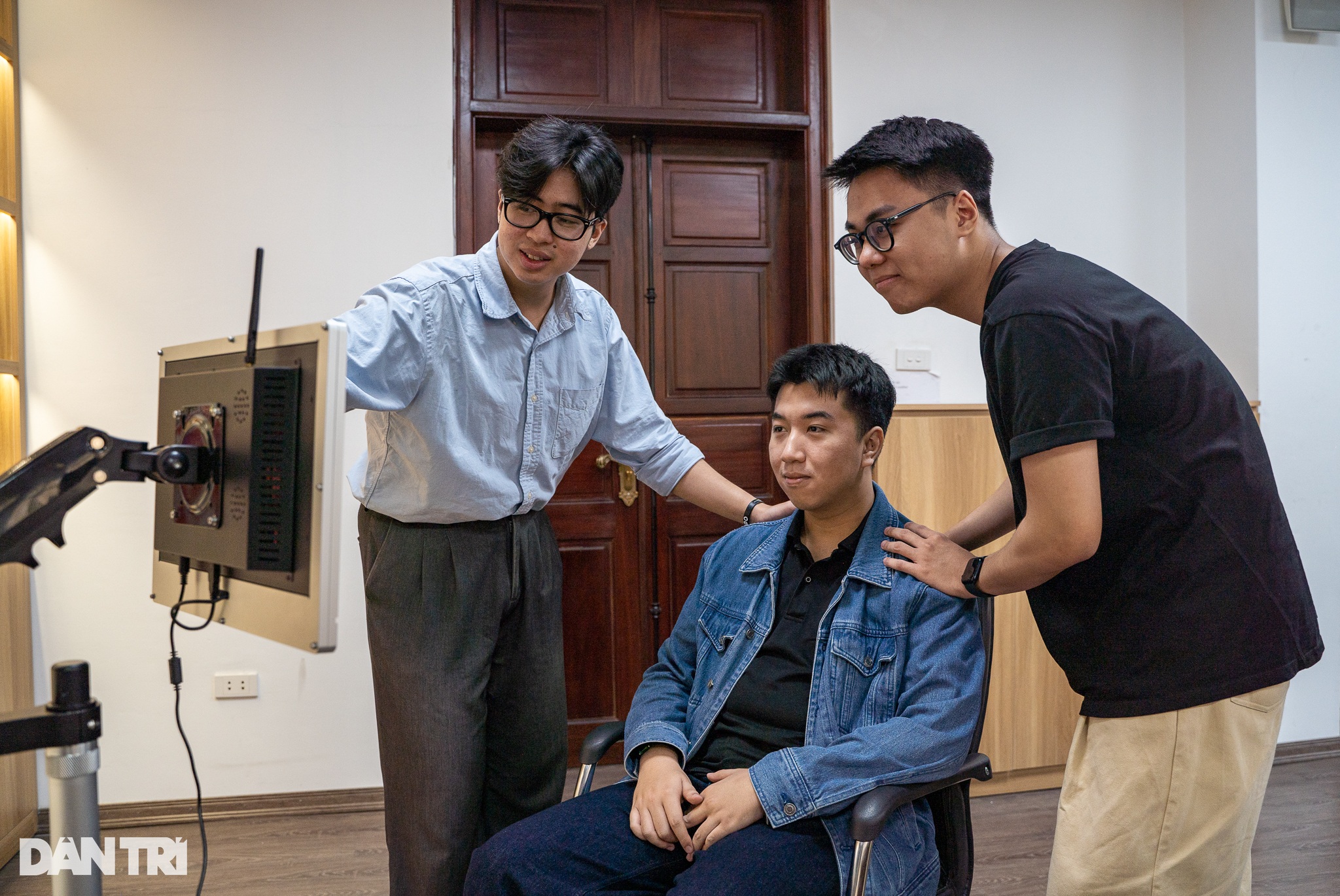
Through the machine, eye movements will become signals.
To exploit eye movements and convert them into signals on the screen, Associate Professor Ha uses a specialized camera to capture digital signals.
“Using the eyes to replace the function of the hands has changed the natural properties of the eyes. Because the human eyes are only used to see and collect information, now adding control is very tiring and quickly tired.
I created a mechanism to minimize typing and input time, avoiding typing mistakes. The structure of Vietnamese writing for convenience has been optimized for the keyboard when typing," Associate Professor Ha analyzed.
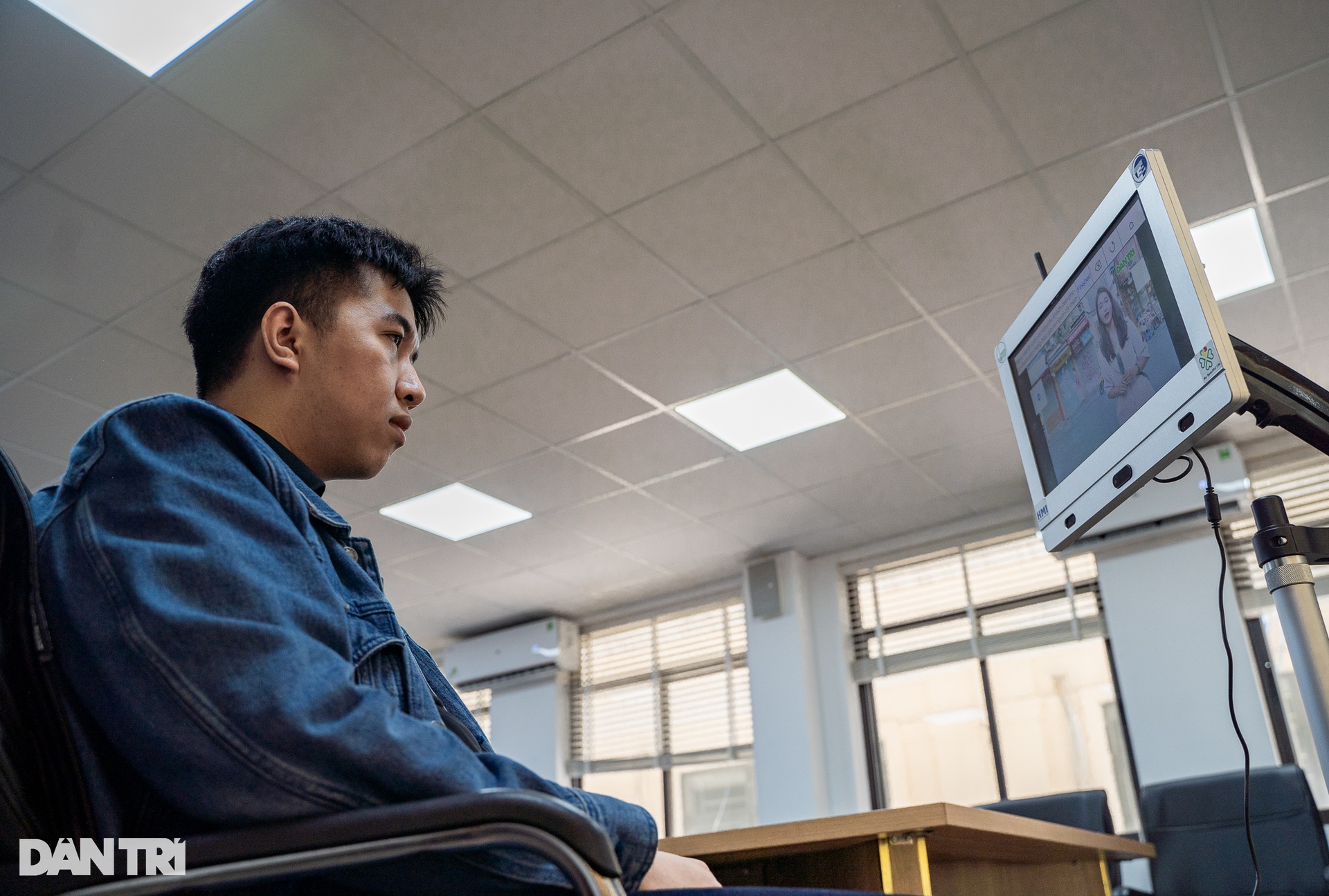
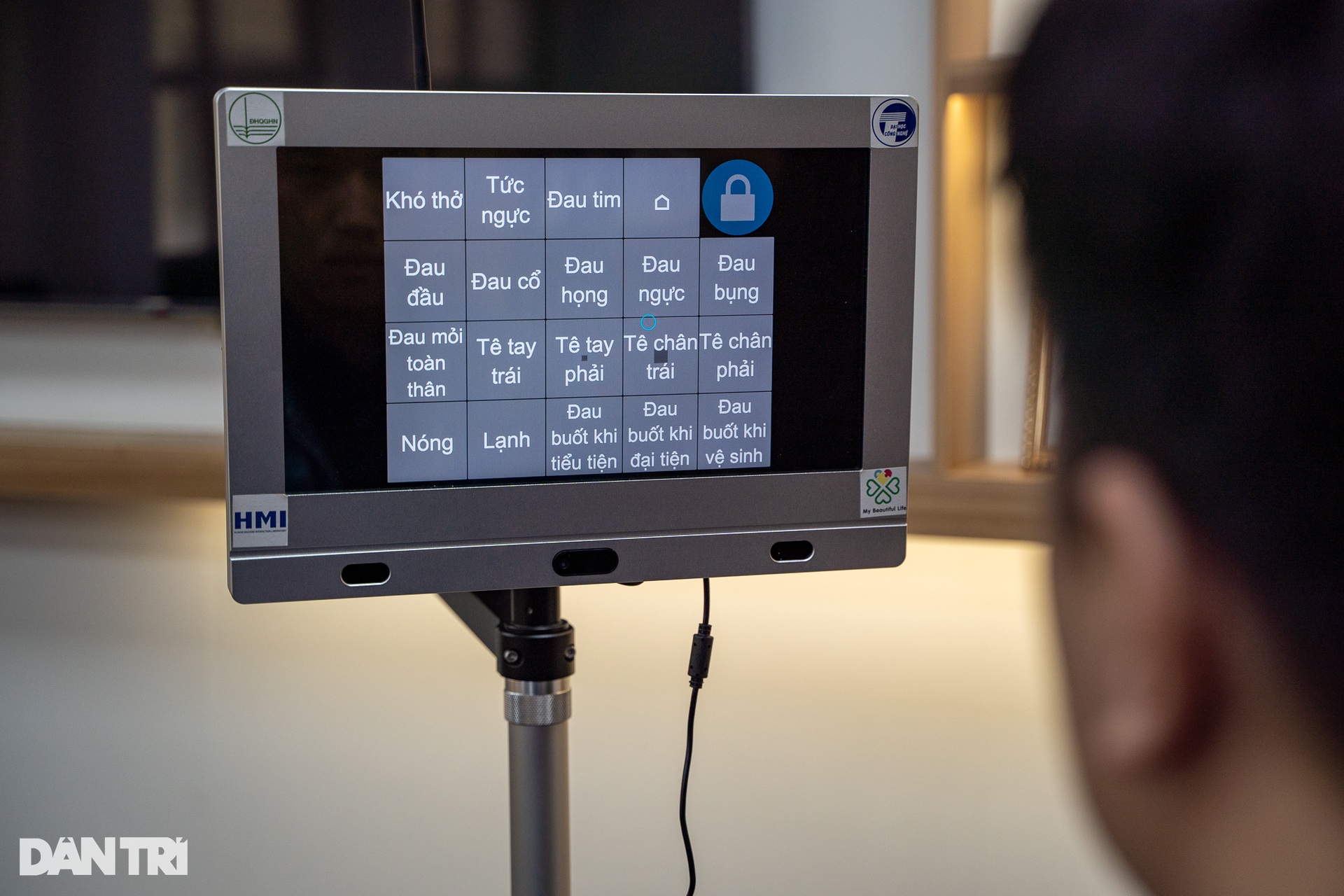
The machine communicates by using its eyes to control a mouse cursor on the screen to type characters and then output them through the speaker.
It can also interact with the web browser, from which users reconnect with society through the use of Email, Zalo, Facebook, watching videos, reading newspapers...
“To optimize the eye's movement space, the frame rate must also be optimized, the software settings are also very basic, with only a few quick action keys and a switch to turn the machine on and off.
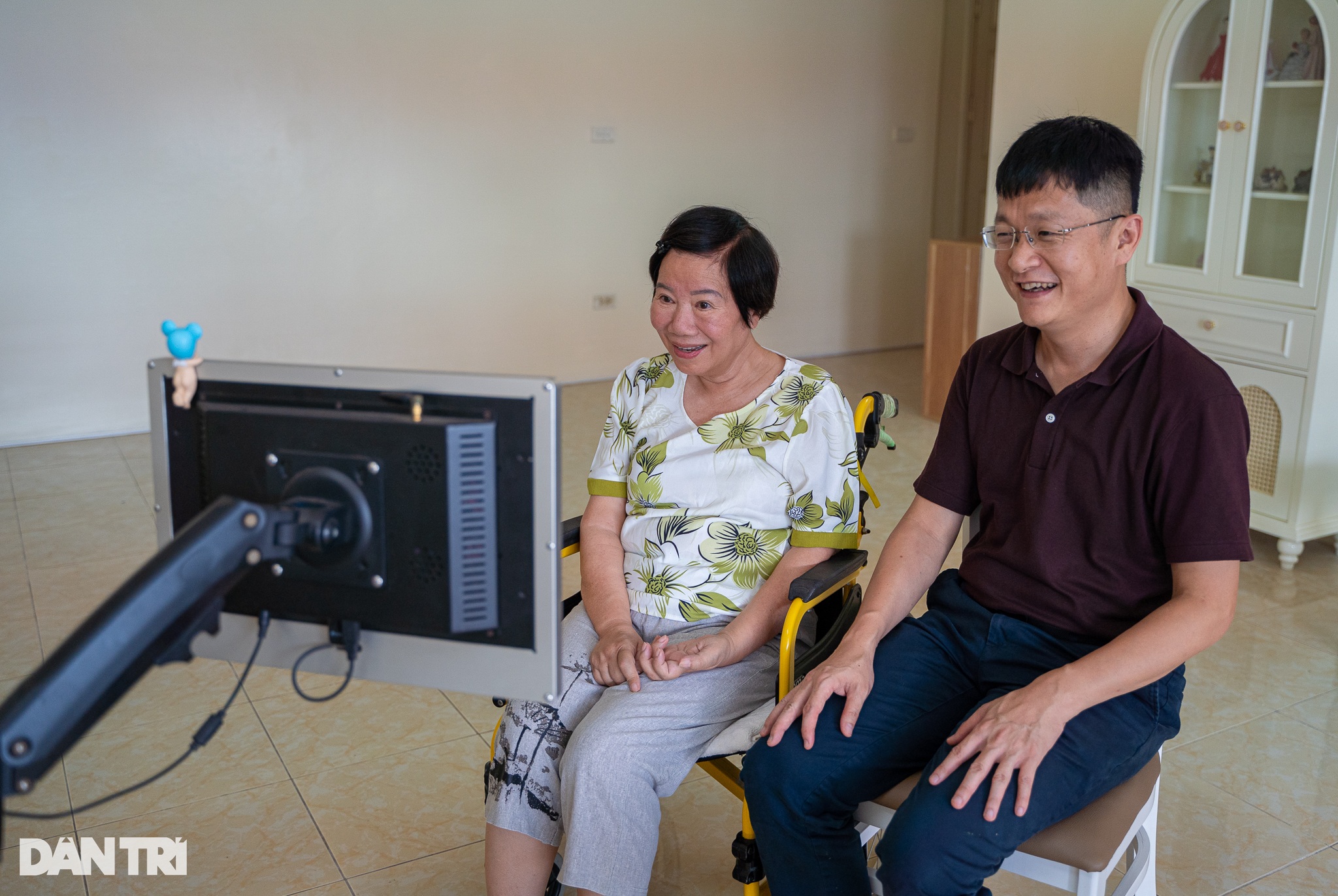
To optimize the eye's movement space, the aspect ratio must also be optimized.
The machine's support body can be adjusted in height and position so that patients can use it while lying down or sitting...", Associate Professor Ha informed.
Initially, the product was intended for people with ALS, but after development, Associate Professor Ha realized it could be applied to many subjects.
“Speaking of healthcare, each person has a different disease and symptoms, one technology cannot be applied to everyone, the speciality of the machine is to serve people with late-stage ALS.
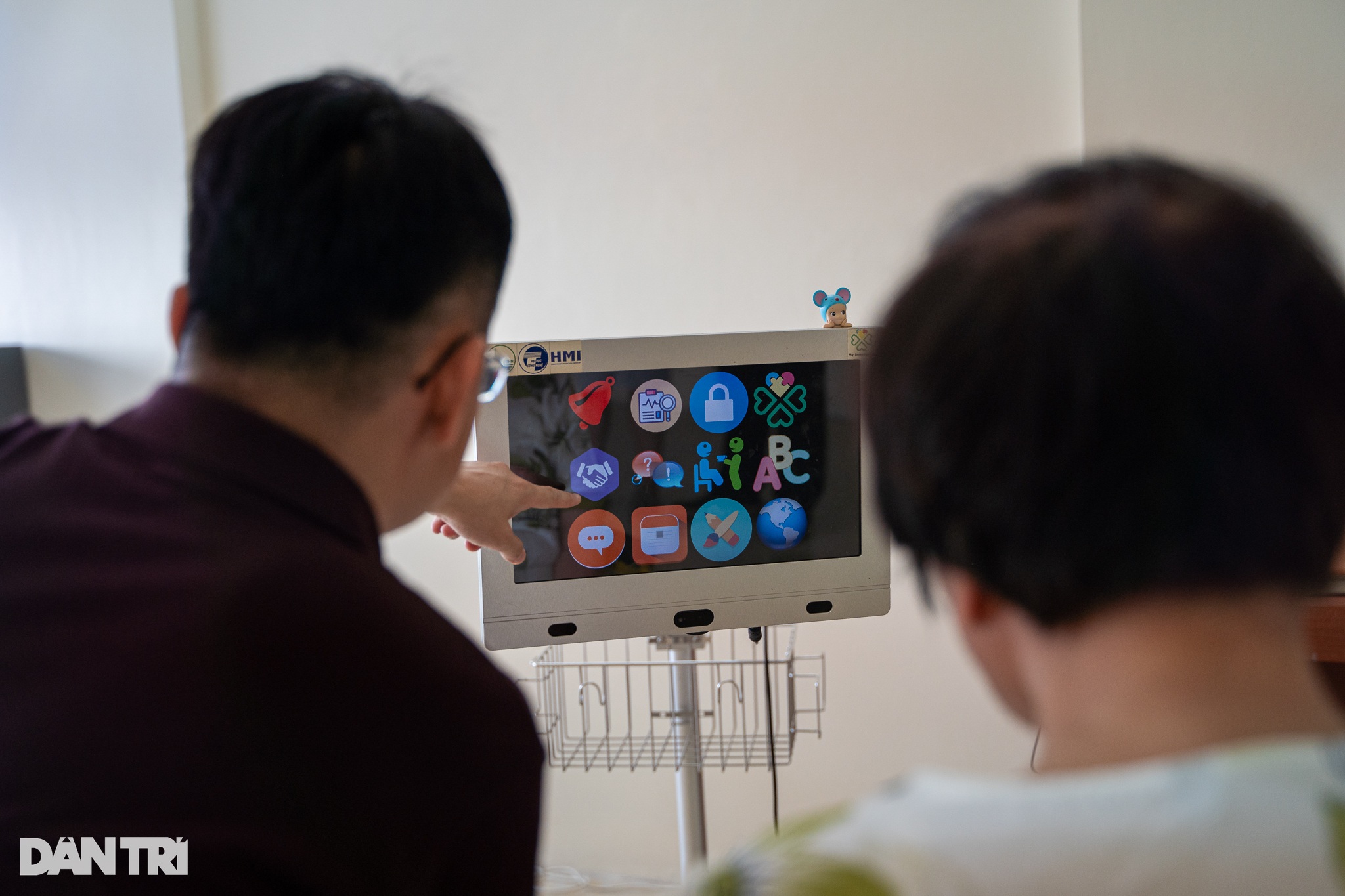
The machine interface is quite simple to facilitate special users.
However, this technology can still be applied to people with other diseases such as stroke, reading and writing disorders, attention deficit hyperactivity disorder...", Associate Professor Ha added.
Science for humanity
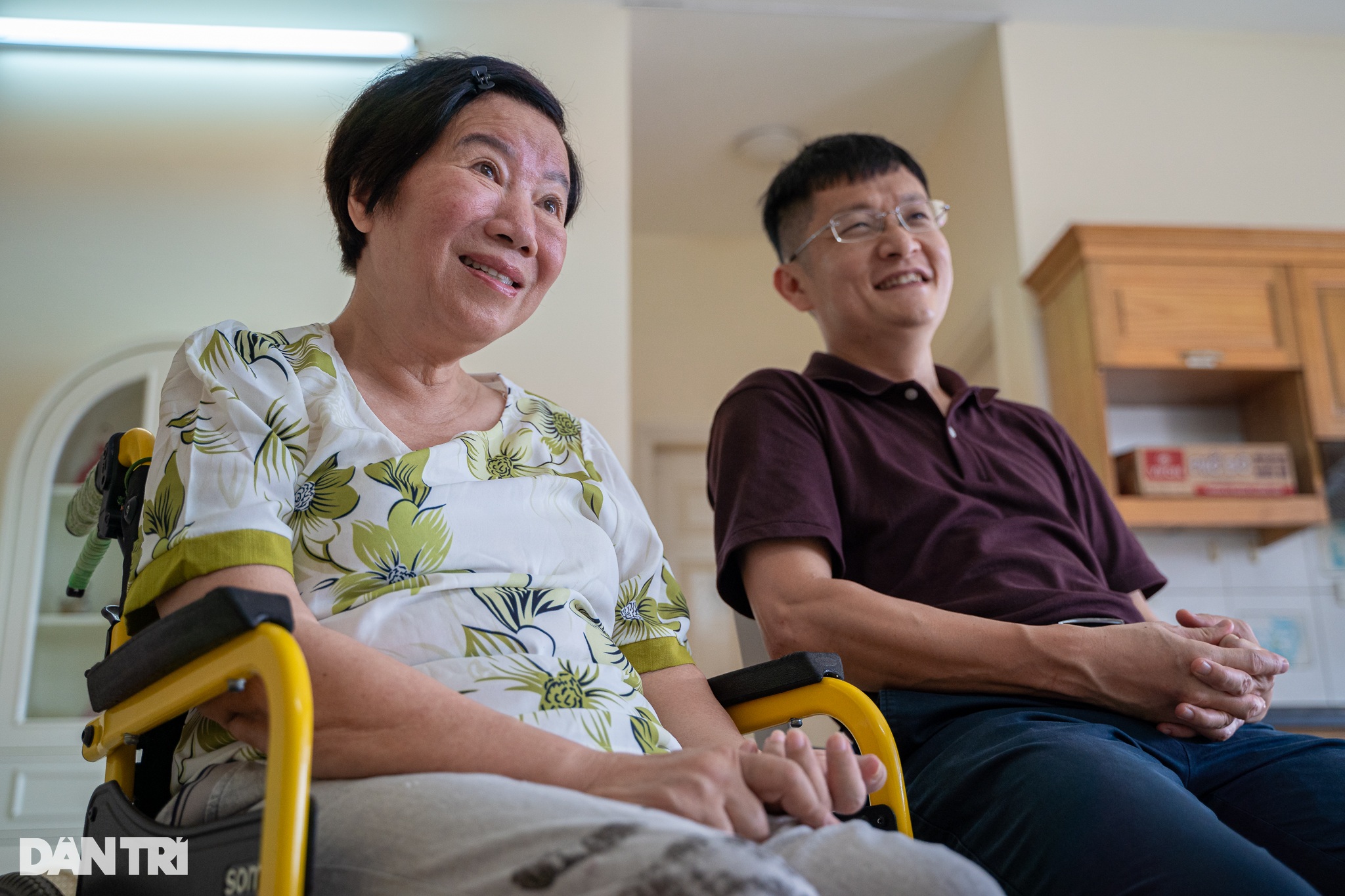
Through the process of working and supporting many patients, Associate Professor Ha has many stories to tell.
“After more than 5 years of improvement and accompanying many patients, I have received spiritual values that surpass material values from this seemingly inanimate machine to normal people,” Associate Professor Ha emphasized.
Associate Professor Ha is a scientist. Apart from academic articles or dry computer commands, he never thought he would write a book in the future.
“I am not a writer, and I am not comfortable writing stories outside of my scientific expertise. However, through the process of working and supporting many patients, I have many stories to tell.
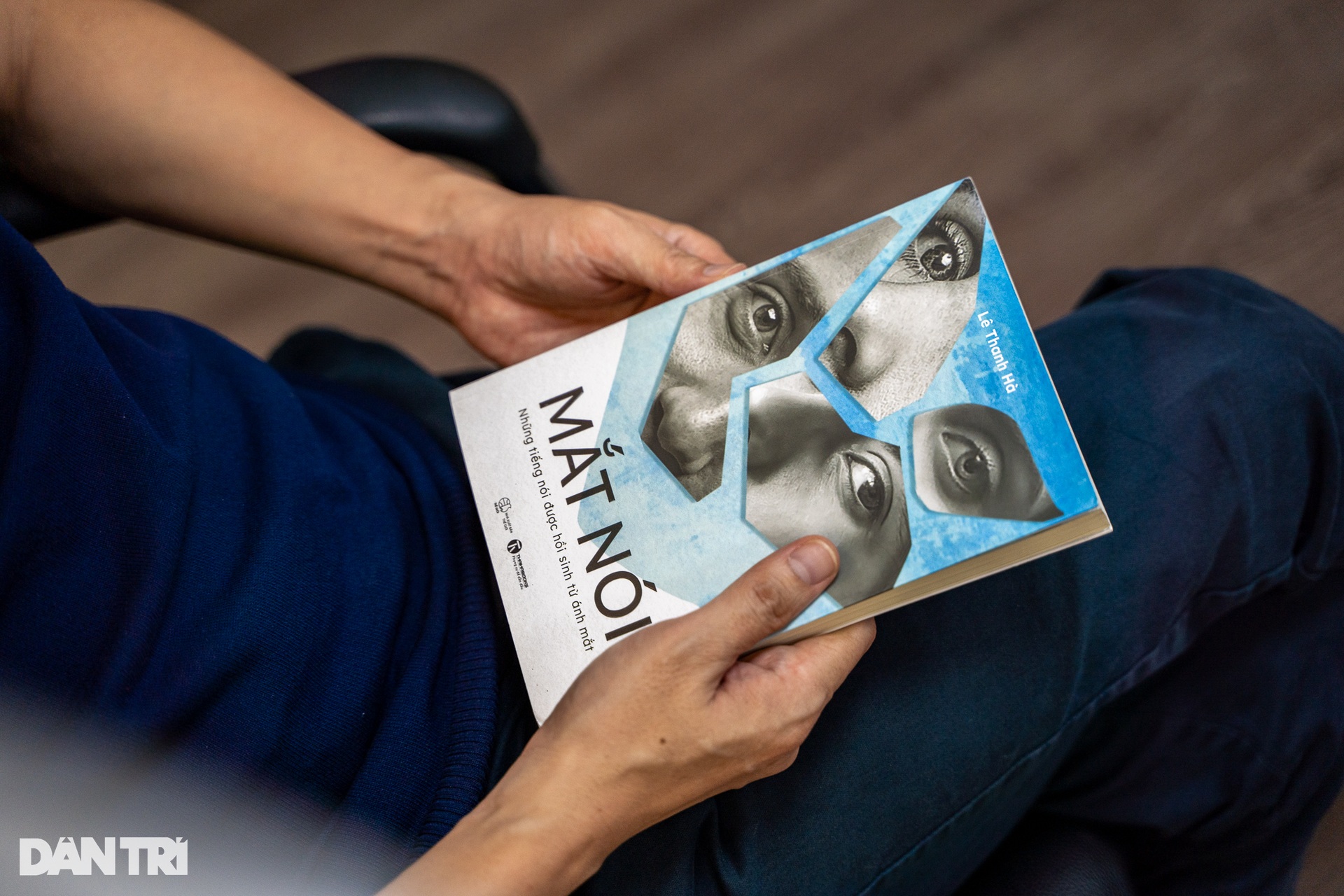
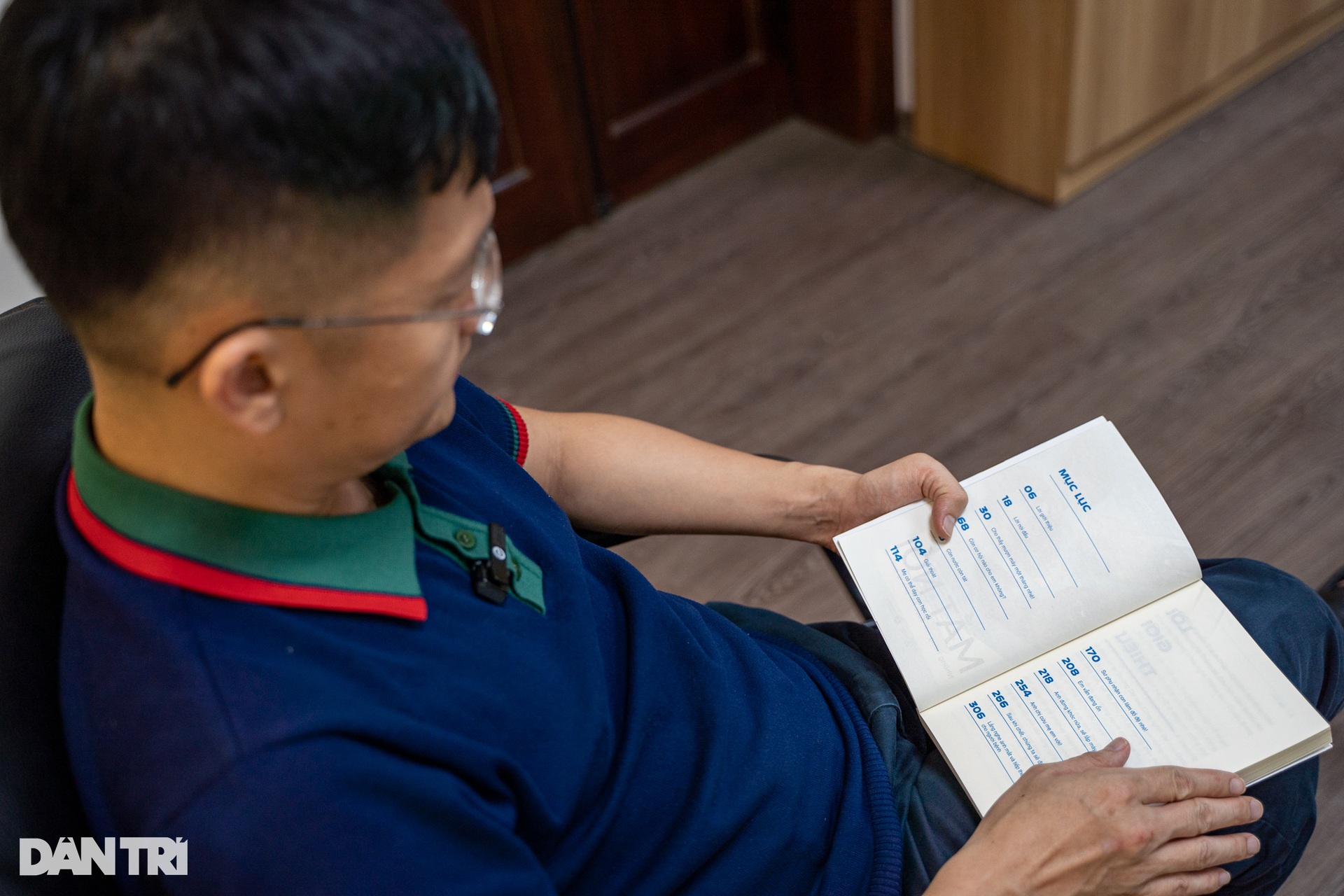
I observed the suffering of patients due to the disease, economic conditions, and the perceptions of families and communities about this disease. If patients were not able to share through the machine, those stories would never be told,” Associate Professor Ha shared.
Through this, every time he supports a patient, this specialist talks to the patient, helping them get used to the machine and listening to the lives that have not had a voice for a long time.
“There was a lot of support for me to write the book Mat Noi, including the consent of 10 lives - the first 10 characters I was able to support.
Each character has a different story, but one thing they have in common is that they all long to speak and share when the minds of ALS patients have been silent for too long," Associate Professor Ha said.
Associate Professor Ha added that when ALS starts, motor neurons in the brain and spinal cord gradually die, causing the patient to lose the ability to control muscles even though the brain is still completely clear, memory and cognition are not affected.
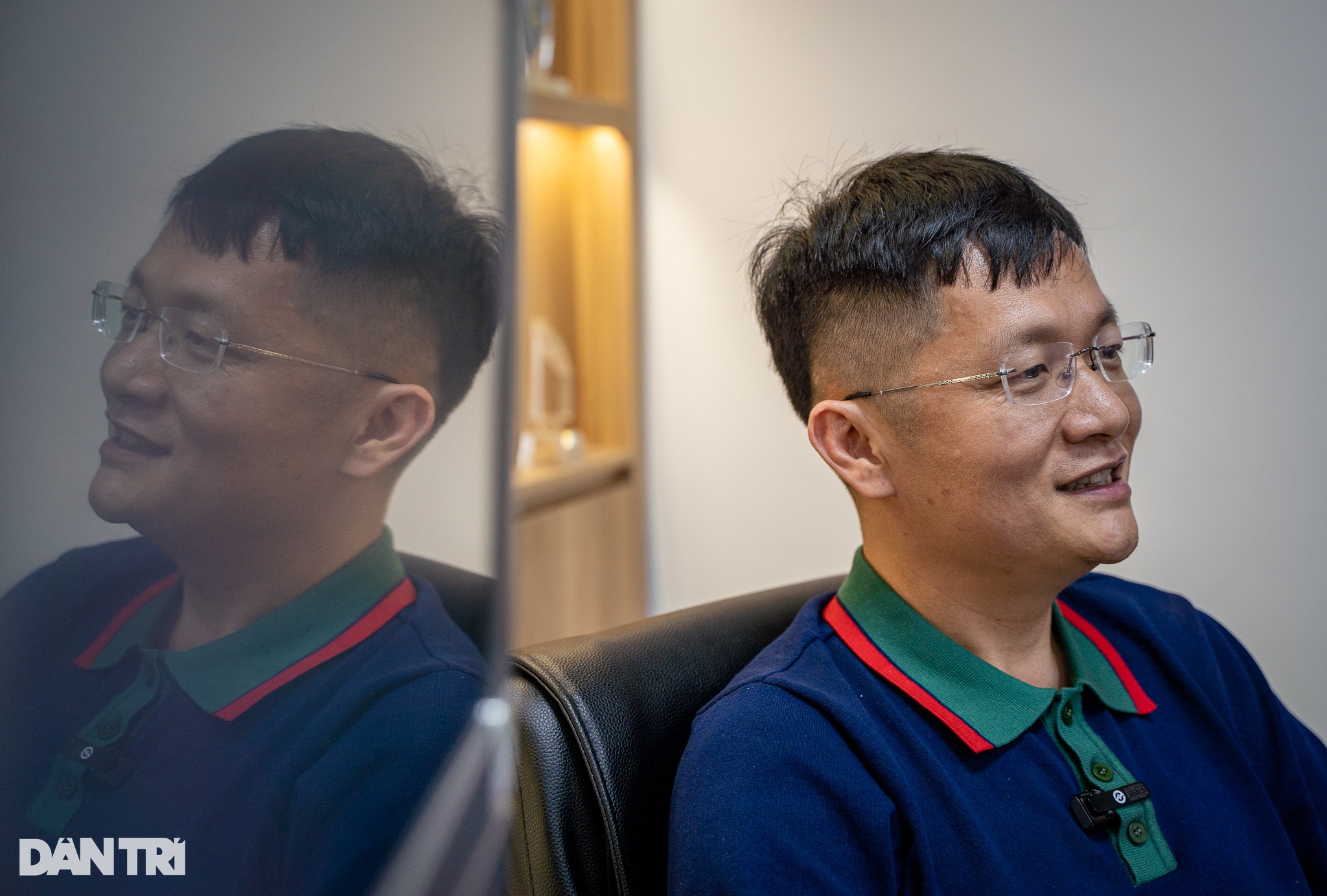
"Each character has a different story, but one thing they have in common is that they all long to speak and share when the minds of ALS patients have been silent for too long," Associate Professor Ha said.
“They are like being “locked” in an immobile body, unable to express feelings of pain, hunger, thirst or discomfort, causing suffering for both the patient and the patient's family.
Because the care of the patient's family is extremely difficult, because even though the patient is still conscious, the family cannot understand what they need. The psychological pressure weighs heavily on the ALS patient as well as the caregiver, because the pain and helplessness are always present every day," Associate Professor Ha expressed.
Photo: Do Ngoc Luu
Video: Khanh Vi
Source: https://dantri.com.vn/khoa-hoc/co-may-giup-nguoi-liet-noi-chuyen-luot-web-bang-mat-cua-nha-khoa-hoc-viet-20250618181915228.htm




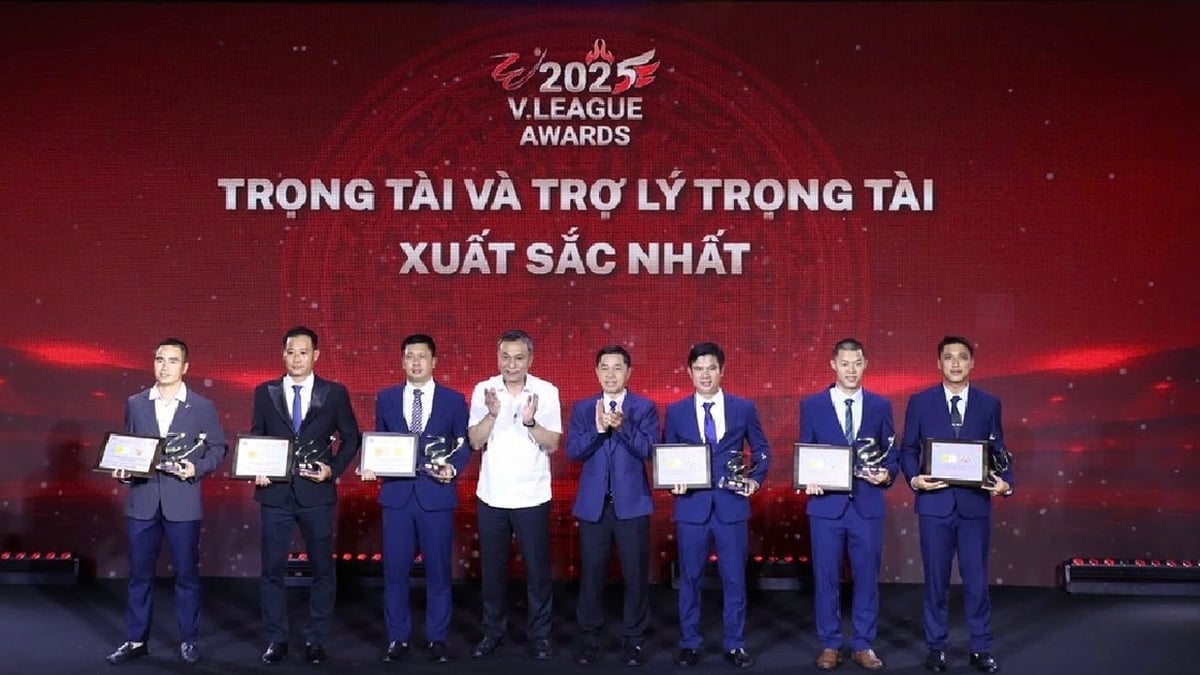
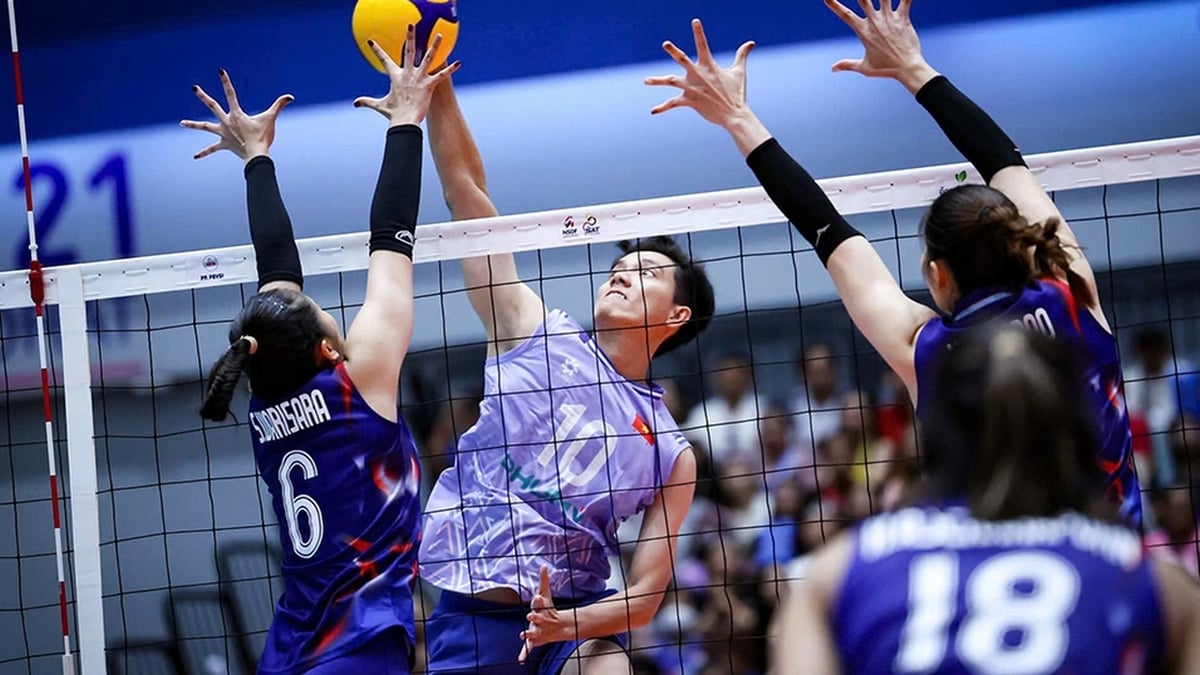
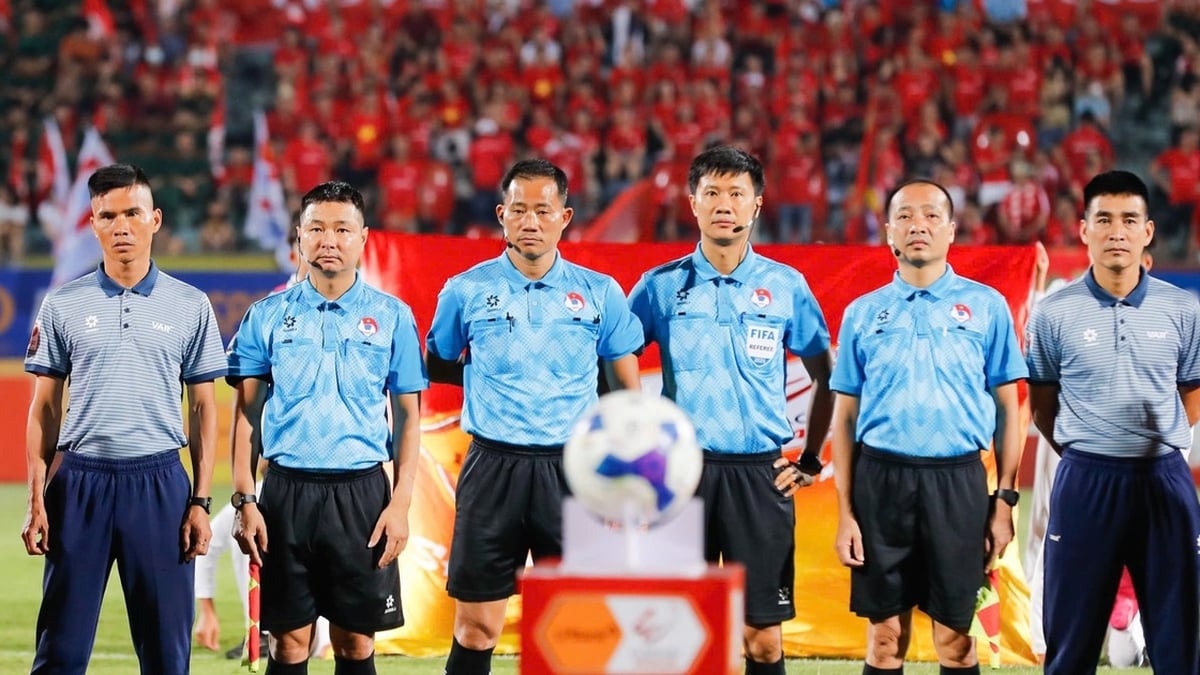

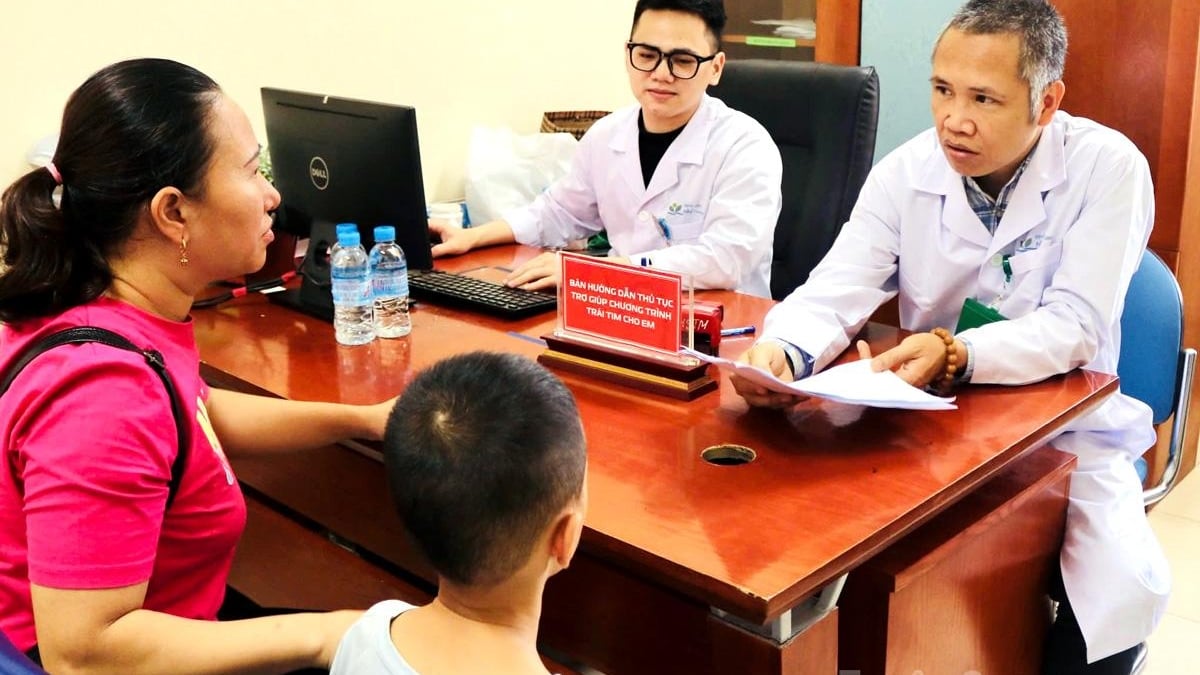

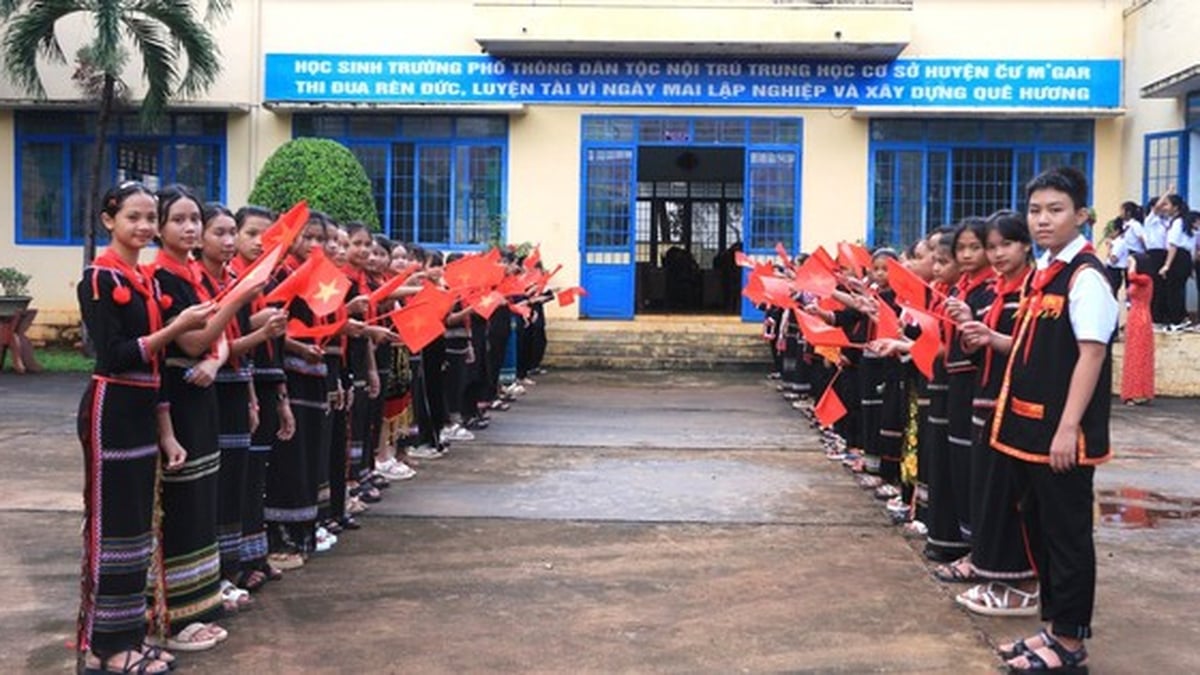
























































































Comment (0)